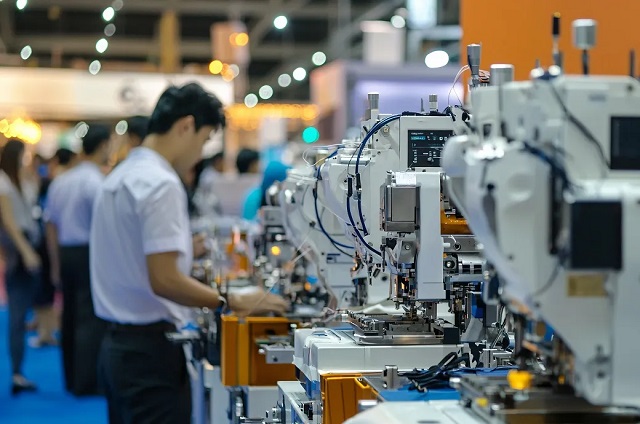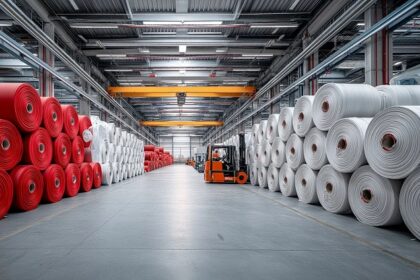US manufacturing activity continued its expansion in June 2025, though at a slower pace, amid declining exports and intensifying inflationary pressure—mainly driven by new tariffs. The S&P Global US Manufacturing Purchasing Managers’ Index (PMI) dipped slightly to 52.8 from 53.0 in May, marking the third-strongest output gain this year but still trailing the highs seen in late 2024.
Export orders fell during the month, weighing on total new business growth. However, strong domestic demand helped sustain the overall expansion. In response to rising prices and growing concerns over future supply disruptions, manufacturers sharply ramped up input purchasing—at the fastest pace in over three years. This surge pushed inventories of inputs and finished goods to near-record levels.
Inflationary pressures returned with force. Input and output costs soared at the fastest rate since July 2022, with nearly two-thirds of manufacturers blaming higher input costs on tariffs. Over half of the firms said the same about raised selling prices. The spike in manufacturing prices is expected to push broader consumer inflation toward 4% in the coming months, S&P Global Market Intelligence noted.
Manufacturing employment rose at its strongest rate in a year, as companies worked to clear growing backlogs—marking the first rise in pending workloads since September 2022. However, despite stronger hiring, overall business confidence dipped slightly. Persistent uncertainty surrounding trade policy and tariff shifts under the Trump administration continues to weigh on sentiment.
With inflation rebounding and growth momentum easing, analysts believe the Federal Reserve will maintain interest rates at 4.25–4.5% throughout the rest of 2025. Forecasts suggest GDP growth will remain under 1.5% this year—potentially the weakest non-pandemic performance since 2009.






